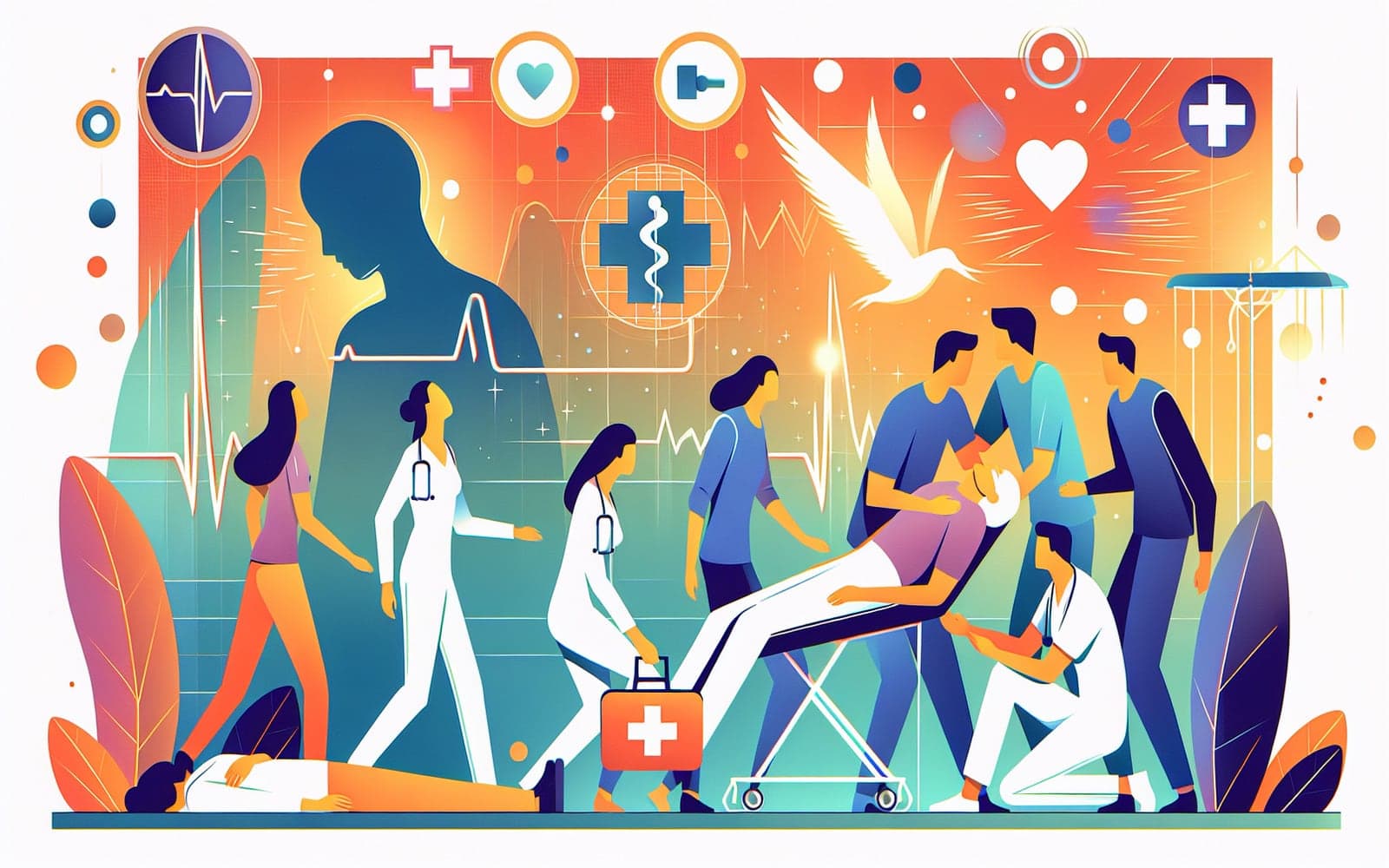How to Recognize and Respond to Syncope
Published: Jul 12, 2024
Recognizing the signs of syncope can prevent injuries and complications. Here's a guide to identifying and responding to syncope effectively.
Contents
Identifying Syncope
Syncope often presents with symptoms like dizziness, nausea, and visual disturbances before a loss of consciousness. Being aware of these signs can help you react quickly and safely.
Immediate Actions to Take
If you suspect someone is experiencing syncope, ensure they are lying down in a safe position. Elevating their legs can help improve blood flow. Do not leave them alone until they regain consciousness.

When to Seek Medical Help
If the person does not regain consciousness quickly or has a history of heart problems, seek medical help immediately. Persistent symptoms like confusion or chest pain also warrant professional evaluation.
Frequently Asked Questions
Make sure they are safe and lying down with legs elevated.
Syncope usually lasts only a few seconds to a minute.
If consciousness is not quickly regained or there's a history of heart issues, seek help.
Yes, but the two have different causes and require different treatments.
Key Takeaways
Knowing how to react can make all the difference in a syncope episode.
Consult Doctronic for more tips on managing syncope safely and effectively.Related Articles
References
Brignole M, Moya A, de Lange FJ, et al. Eur Heart J 2018; 39:1883.
Furlan R, Alciati A. In: Syncope: An Evidence-Based Approach, 2nd ed, Brignole M, Benditt DG (Eds), Springer Nature 2020. p.135.
Always discuss health information with your healthcare provider.